In the mid-1990s, Carol Danvers/Captain Marvel (Brie Larson) is an amnesiac space soldier of the Kree empire, part of an elite squad lead by Yon-Rogg (Jude Law), tasked to fight the shape-changing Skrulls. A mission goes wrong and she is separated from her team, captured by the Skrull Talos (Ben Mendelsohn), and mind-probed. She escapes and ends up on Earth and encounters SHIELD agent Nick Fury (Samuel L. Jackson). She sets out, with the help of Fury, to stop whatever plan the Skrulls have for Earth, but discovers that she’d lived on Earth before, and there are multiple mysteries that need to be cleared up.
I didn’t rush to write a review of Captain Marvel as it doesn’t need a recommendation, nor a basic description. It’s a MCU movie, and if Captain Marvel is on your radar, you know what that means. It’s the 21st film in the franchise and all of them are well made, exciting, occasionally funny, often meaningful, adventure romps. MCU films look good, sound good, and move at a decent pace. The mission and the villains matter less than the lead, making all of them almost intimate character films, just ones where things blow up. If you are one of the strange few people who don’t like MCU films (and box office numbers say you’d have to be strange), then you won’t like this one. But if you, like most people, have liked those other 20, then this film is for you. And if somehow you’ve missed them, then go start at Iron Man.
So what can be said about this entry that’s a little different? Well, Captain Marvel is a fun new character for the series, with a great deal more power than the other superheroes, though not close to Superman levels. And Brie Larson does an excellent job of bringing her to life. But that’s to be expected as the specific character might be new, but the MCU is built on fun characters brought to life by excellent performances. New side characters like Talos and Yon-Rogg have enough screentime to make them more than one dimensional cutouts, but little more, and again are given fine performances by solid pros. And again, that’s to be expected. And nope, this isn’t saying “Oh, we’ve seen it all before” because also one of the attributes of a MCU picture is that it is both familiar and fresh.
One newish factor (not new because they’ve done it for short scenes before) is the de-aging technology. 70-year-old Samuel L. Jackson looks easily fifteen years younger and there’s no uncanny valley issues. After a few minutes it’s no longer noticeable—it’s just Jackson playing Nick Fury. It’s perfect. The same is true of Clark Gregg in his much shorter appearance as Agent Coulson; I had to look up current pictures of the actor to see that he looks different now as he seemed natural in the film. That technology allows this film to be buddy cop movie, where a younger, sharp, but less bitter Fury chats with a determined Danvers as equals. It rounds out Fury’s character and adds an extra layer of fun.
The other new item is that this is the first MCU film with a solo female lead. This became a huge issue to small group of very fragile and frightened man-childs who were very upset that this film was somehow “not for us!” Outside of their trolling and outrage—all of which had no effect on the huge box office numbers, but did force the review site Rotten Tomatoes to alter their rules to stop people who haven’t seen a film from lowering its approval score—the gender of Captain Marvel doesn’t have that much to do with anything in the film. I wouldn’t call this a particularly feminist film. It does have a touch of girl power in the childhood flashbacks of Carol always getting up after she’s knocked down. Otherwise, it’s simply a more realist portrait of women’s lives than some are used to seeing on screen. That is, she gets catcalled (because women do), her skills are questioned (as is often the case for women), her emotional state is brought up by others (because that happens all the time), etc. And it’s mentioned that she wasn’t allowed to fly combat missions, because women weren’t allowed to fly combat missions. There’s no preaching about any of this. Apparently, the real world intruding the slightest bit into a fantasy film is too much for some guys.
One can draw some parallels between events in the film and our current immigration policy and attitudes, so there’s certainly some political content if you are looking for it. Of course that’s true of all MCU movies, and this one is in the bottom half with regard to amount of political content, below the much more politically charged Black Panther, Iron Man 1-3, Captain America 2-3, Avengers 2, The Incredible Hulk, and Spider-Man: Homecoming.
Captain Marvel is exactly what it was advertised to be. It’s joyful, smart, witty, occasionally funny, exciting, neither shallow nor too deep, and a worthy addition to the franchise.
Oh, and it has a cat. The cat’s great. If you like cat’s, this is your film. This is unquestionably the best cat movie ever.


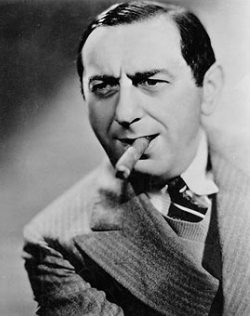 Lubitsch was one of the most important directors of early Hollywood, but he’s mostly known now for those he inspired, particularly Billy Wilder, who coined the term “The Lubitsch touch” to describe the perfect solution to any cinematic problem. Lubitsch started as a silent director in Germany, then moved to the US where he directed sophisticated comedies. He made the transition to sound easily, creating a string of pre-code comedies and musicals that included a theme that would not be appreciated once the production code came in: a bit of adultery is not only acceptable, but can be advantageous for a relationship. Many of these films starred Maurice Chevalier and/or Jeanette MacDonald, both of whom have larger personalities than their parts could contain, and are, for modern audiences, acquired tastes.
Lubitsch was one of the most important directors of early Hollywood, but he’s mostly known now for those he inspired, particularly Billy Wilder, who coined the term “The Lubitsch touch” to describe the perfect solution to any cinematic problem. Lubitsch started as a silent director in Germany, then moved to the US where he directed sophisticated comedies. He made the transition to sound easily, creating a string of pre-code comedies and musicals that included a theme that would not be appreciated once the production code came in: a bit of adultery is not only acceptable, but can be advantageous for a relationship. Many of these films starred Maurice Chevalier and/or Jeanette MacDonald, both of whom have larger personalities than their parts could contain, and are, for modern audiences, acquired tastes.
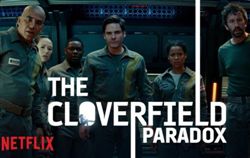 I’m a little late for my worst fantasy and science fiction of 2018. Still, a late warning is better than none at all. I’ve no doubt missed some of the sand, but I’ve done my best to look at every film that had a chance to get onto this list. And I’m not counting ultra-low budget films without a real release. These are films that had studio backing.
I’m a little late for my worst fantasy and science fiction of 2018. Still, a late warning is better than none at all. I’ve no doubt missed some of the sand, but I’ve done my best to look at every film that had a chance to get onto this list. And I’m not counting ultra-low budget films without a real release. These are films that had studio backing.



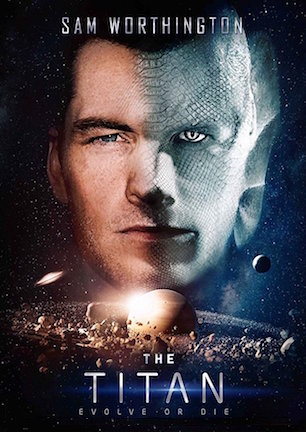







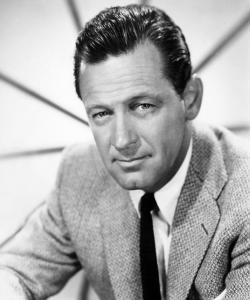 William Holden’s big break came playing a dim young boxer/violinist in Golden Boy, and outside of
William Holden’s big break came playing a dim young boxer/violinist in Golden Boy, and outside of 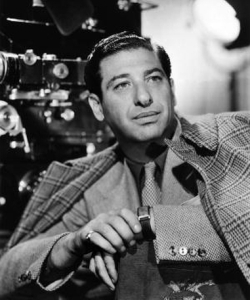 Sandrich didn’t have the time to create a great number of master works as he died at 44 from a heart attack generally attributed to overwork. And he was stuck with the likes of the unfunny vaudeville-like team of Wheeler and Woolsey for several films. But in his brief career, Sandrich made his mark. His best films came in collaboration with Fred Astaire. Sandrich knew how to film a dance, and when to stay out of a dancer’s way. That may have been his great skill: to not get in the way of the story. No other director made as many great musicals. Who knows what he might have done with another twenty years.
Sandrich didn’t have the time to create a great number of master works as he died at 44 from a heart attack generally attributed to overwork. And he was stuck with the likes of the unfunny vaudeville-like team of Wheeler and Woolsey for several films. But in his brief career, Sandrich made his mark. His best films came in collaboration with Fred Astaire. Sandrich knew how to film a dance, and when to stay out of a dancer’s way. That may have been his great skill: to not get in the way of the story. No other director made as many great musicals. Who knows what he might have done with another twenty years.








